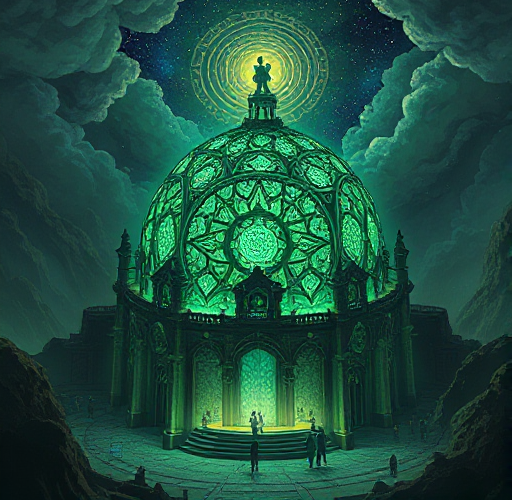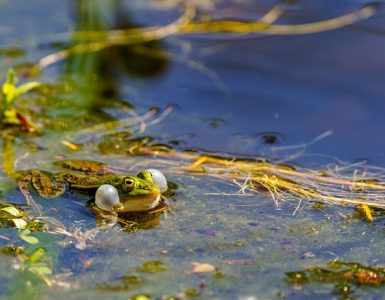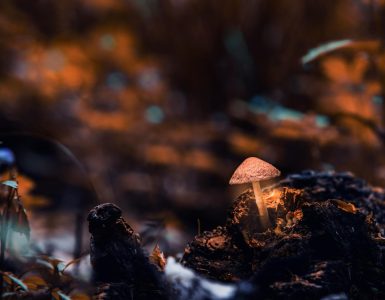First off, we’ve got the tropical rainforests. Picture yourself walking through a vibrant, lush jungle where the air is thick with humidity and the vibrant colors are almost overwhelming. These biomes are the ultimate biodiversity hotspots, housing thousands of species from spiraling vines to colorful birds. Just imagine all those critters living in harmony, sharing the same roof!
Then, we glide over to deserts, which might seem like an empty sea of sand, but trust me, life finds a way! Think of those resilient cacti standing tall, conserving precious water like experts. These biomes can be harsh, but they teach us about survival against the odds.
Next on our journey, we encounter grasslands. Ever seen a prairie swaying in the breeze? It’s like nature’s very own wave pool! These areas provide excellent grazing grounds for herbivores like bison and zebras, while also supporting a wide array of predators, creating a delicate balance in the circle of life.
Let’s not forget the tundra, a chilly expanse where permafrost reigns supreme. It’s like Earth’s icy blanket. Here, life is hardy, adapted to withstand extreme cold. These biomes may seem barren, but they’re home to amazing creatures, like caribou and arctic foxes, each carving out their niche in the frosty landscape.
Each biome tells a different story, a unique chapter in Earth’s grand narrative, and exploring them is like embarking on a global adventure!
Characteristics of Forests, Deserts, and Tundras
Now, switch gears to a desert landscape. Picture endless stretches of golden sand dunes under a blazing sun. Deserts, often seen as barren, are surprisingly resilient. They teach us the art of survival, showcasing hardy plants like cacti that store water like a camel in the oasis. The temperature swings here can be mind-boggling—scorching hot by day and freezing at night. Isn’t it fascinating how life finds a way even in such extremes?
Let’s head to the tundra next. This biome is like nature’s polar canvas, comprising sprawling, icy plains and low-growing vegetation. Think of it as the world’s refrigerator, where the ground remains frozen for much of the year. While it may seem lifeless at first glance, the tundra is home to unique species adapted to the cold, like reindeer and Arctic foxes. It’s a testament to resilience, showcasing communities that flourish in frigid temperatures and harsh winds—like a secret club of survivors.
So, what ties these ecosystems together? Each has its own identity, yet all play a crucial role in our planet’s balance. Isn’t it incredible how every square inch of Earth hosts a world of its own, teeming with life, challenges, and beauty?
The Role of Biomes in Biodiversity
Imagine a giant puzzle, with each biome representing a unique piece. These pieces come together to form the stunning picture of biodiversity. Think about it: the Amazon Rainforest is a treasure trove of species, hosting an estimated 390 billion individual plants. In contrast, the Arctic Tundra, with its icy grip, plays host to a more specialized array of creatures that have adapted to thrive in extreme conditions. Each biome creates its own environment that fosters a different kind of life, contributing to the overall richness of ecosystems.
But it’s not just about the numbers. The intricate web of relationships between species within each biome is like a finely woven tapestry. Plants and animals depend on each other for food, shelter, and even pollination. Take bees, for example—their role in pollinating plants is crucial not just in one biome but across the globe, ensuring those ecosystems flourish.
Moreover, biomes don’t exist in isolation; they interact and influence each other, much like friends exchanging ideas that lead to new adventures. This connectivity allows for the exchange of species between different areas, strengthening biodiversity even further.
So, next time you gaze at a map of the world’s biomes, remember: each one is a vital piece of the Earth’s biodiversity puzzle, rich with its own unique stories and life forms waiting to be explored.
























Add comment